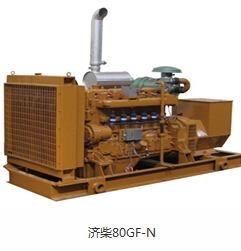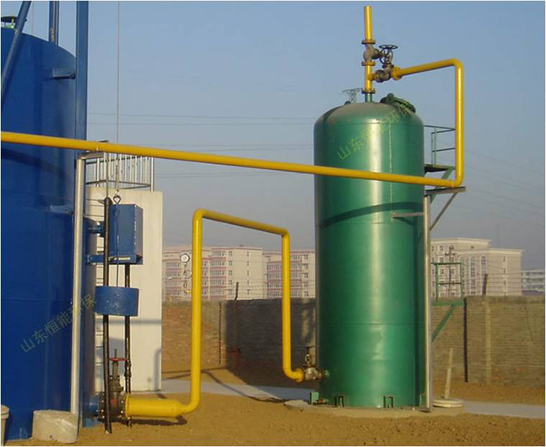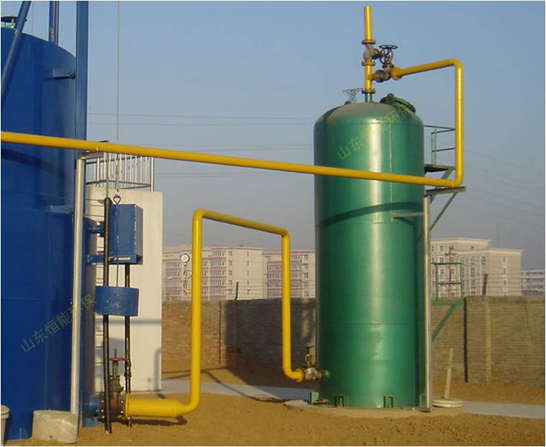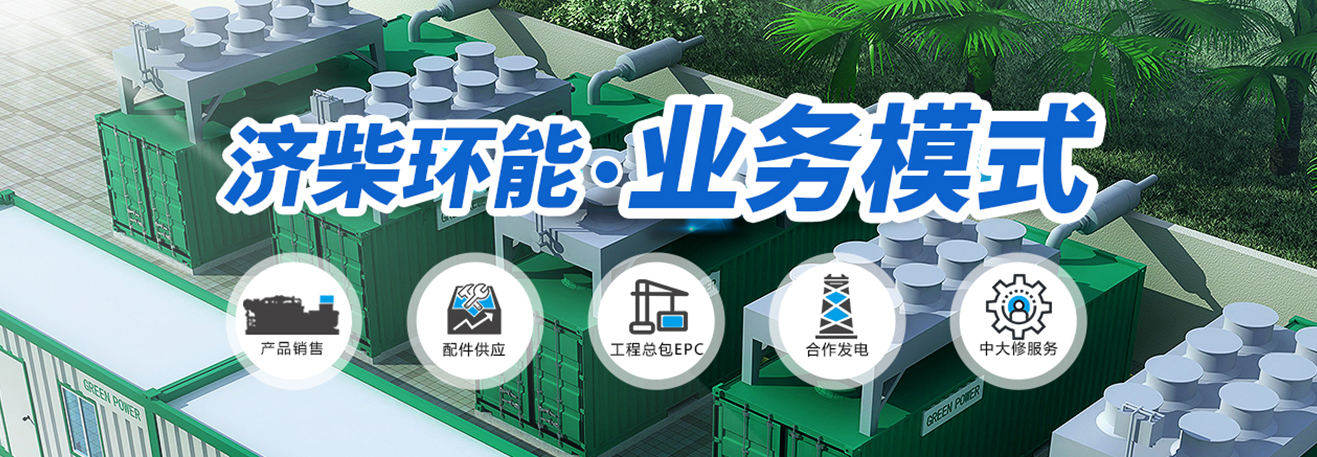利用燃?xì)獍l(fā)電機(jī)組熱能要從哪些方面做起?
隨著人民生活質(zhì)量的提高,制冷和采暖越來(lái)越普及,能源消耗越來(lái)越大,同時(shí)燃?xì)獍l(fā)電機(jī)組余熱資源目前沒(méi)有得到綜合利用,消耗了大量能源。根據(jù)燃?xì)獍l(fā)電機(jī)組余熱利用現(xiàn)狀,我公司發(fā)揮技術(shù)優(yōu)勢(shì),研制開(kāi)發(fā)了一套燃?xì)鈾C(jī)組煙氣余熱利用配套熱管式余熱鍋爐及熱管換熱器,產(chǎn)生的過(guò)熱蒸汽和熱水用于余熱發(fā)電及企業(yè)內(nèi)部冷熱電聯(lián)供。
With the improvement of people's quality of life, refrigeration and heating are becoming increasingly popular, and energy consumption is increasing. At the same time, the waste heat resources of gas generator units have not been comprehensively utilized, consuming a large amount of energy. Based on the current situation of waste heat utilization in gas power generation units, our company has utilized its technological advantages to develop a set of gas unit flue gas waste heat utilization supporting heat pipe waste heat boiler and heat pipe heat exchanger. The generated superheated steam and hot water are used for waste heat power generation and internal cooling, heating, and power supply within the enterprise.
在燃?xì)鈾C(jī)組發(fā)電的同時(shí),以機(jī)組廢氣的熱量為能源,煙氣通過(guò)熱管余熱鍋爐及熱管換熱器,加熱介質(zhì)水,熱管余熱鍋爐產(chǎn)生的過(guò)熱蒸汽用于余熱發(fā)電,熱管換熱器產(chǎn)生的熱水通過(guò)溴化鋰?yán)渌畽C(jī)組制冷或制熱,系統(tǒng)原理如下圖所示:
At the same time as generating electricity from the gas turbine, the heat from the exhaust gas of the unit is used as the energy source. The flue gas passes through the heat pipe waste heat boiler and heat exchanger, heating the medium water. The superheated steam generated by the heat pipe waste heat boiler is used for waste heat power generation, and the hot water generated by the heat pipe heat exchanger is cooled or heated by the lithium bromide chiller. The system principle is shown in the following figure:
綜合利用燃?xì)獍l(fā)電機(jī)組熱能主要從三個(gè)方面著手:即電力供應(yīng)、采暖洗浴等供熱以及夏季空調(diào)制冷。在綜合利用的設(shè)計(jì)過(guò)程中應(yīng)充分考慮以下幾方面的因素:
The comprehensive utilization of thermal energy from gas generator units mainly starts from three aspects: power supply, heating and bathing, and summer air conditioning and refrigeration. In the design process of comprehensive utilization, the following factors should be fully considered:


a、利用應(yīng)避免對(duì)燃?xì)獍l(fā)電機(jī)組的性能產(chǎn)生大的影響,即不影響燃?xì)獍l(fā)電機(jī)組的正常運(yùn)行及功率輸出;
a. The utilization should avoid having a significant impact on the performance of the gas generator unit, that is, not affecting the normal operation and power output of the gas generator unit;
b、排氣總管到余熱利用系統(tǒng)之間的距離應(yīng)盡可能短,同時(shí)應(yīng)充分考慮排氣管的隔熱保溫,減少?gòu)娜細(xì)獍l(fā)電機(jī)組排氣出口至熱管余熱鍋爐的熱量損失;
b. The distance between the exhaust main pipe and the waste heat utilization system should be as short as possible, and full consideration should be given to the insulation and insulation of the exhaust pipe to reduce heat loss from the exhaust outlet of the gas generator unit to the heat pipe waste heat boiler;
c、需要考慮燃?xì)獍l(fā)電機(jī)組負(fù)荷變化時(shí)給余熱發(fā)電及余熱制冷、制熱造成的影響,避免因負(fù)荷變化使制冷(或制熱)過(guò)量或能力不足;
c. It is necessary to consider the impact on waste heat power generation, waste heat cooling, and heating caused by load changes of gas generator units, in order to avoid excessive cooling (or heating) or insufficient capacity due to load changes;
d、考慮到整個(gè)流程控制范圍大、項(xiàng)點(diǎn)多、操作難度大等因素,整個(gè)系統(tǒng)應(yīng)盡可能實(shí)行電氣自動(dòng)化控制和監(jiān)測(cè);
d. Considering the large control range, multiple items, and high operational difficulty of the entire process, the entire system should implement electrical automation control and monitoring as much as possible;
e、整套系統(tǒng)應(yīng)充分考慮維護(hù)操作以及使用的安全性。
e. The entire system should fully consider the safety of maintenance operations and use.
 在線咨詢
在線咨詢 官方二維碼
官方二維碼




 當(dāng)前位置:
當(dāng)前位置: 2023.04.28
2023.04.28









